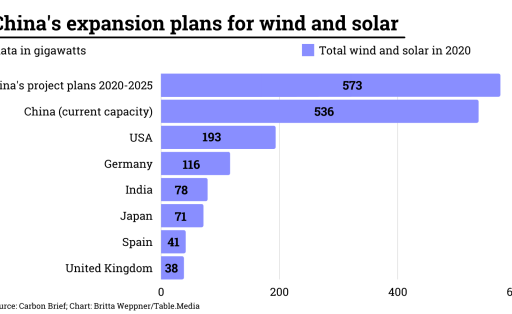Renewable energies in China
Renewable energies are an integral part of China's policy. The current, 14th Five-Year Plan primarily promotes the technological areas of energy and materials and focuses on the development of alternative energy sources. In contrast to the previous five-year plan, the focus is no longer on achieving global technological leadership in renewable energy technologies, but rather on expanding the infrastructure and strengthening the economic and secure energy supply. In the 14th Five-Year Plan, the Chinese Ministry of Energy (NEA) has given concrete figures for renewable energy. Thus, the total installed capacity of wind power and solar is to reach 1200 GW by 2030. As early as 2020, China's energy system experienced record renewable energy growth despite the coronavirus crisis. By 2025, the final 16.5 percent should be reached. From Production & Development to China's Roadmap to Carbon Neutrality to Coal Turnaround - China Renewable Energy News from the Table.Media Editorial Team!



